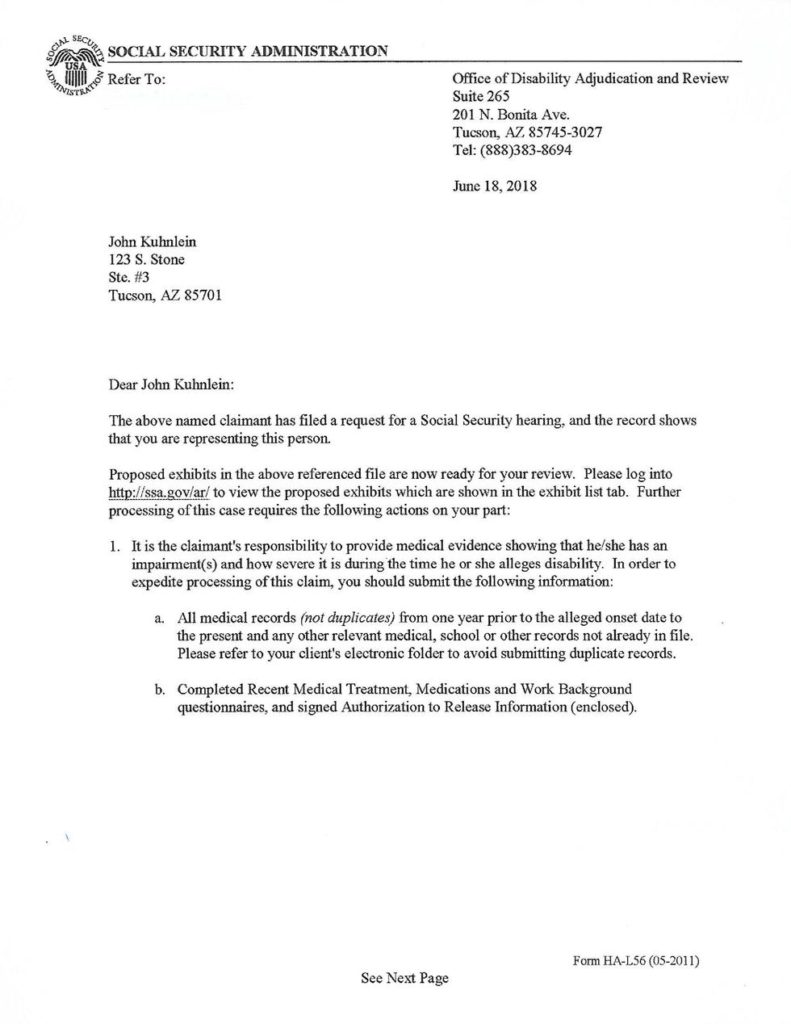When your Social Security disability case is pending in the Office of Hearing Operations (OHO), they will send you a series of forms letters. The last one they send before scheduling your case for a hearing (see below) asks that you fill out several pages, detailing your work and medical history. In exchange for you doing this, OHO suggests that they might be able to decide your case without a hearing.
If you get this letter, what should you do?
Simple: throw in the trash.

Three Things To Remember
This advice might seem counter-intuitive. But, it is correct nonetheless. A few things to keep in mind:
1. It is a form letter. No human being sent this letter after carefully reviewing your file.
2. No one is waiting for your response to this letter so they can further carefully review your file.
3. If you are close enough to your hearing to get this letter, you are going to have a hearing no matter what response you make to this letter.
We Will Respond, Not Just Now
When clients call me after getting this update-request letter I tell them that we are going to provide everything OHO has requested. We are just going to do it after the case is set for hearing. The danger in responding too quickly to OHO is that you give OHO outdated information. Suppose you send them your doctor’s records on August 1st, Then you learn your case will go before a judge on December 1st. You now have to get all of those doctor’s records for between those dates.
Medical Records Cost Money

This would be bad enough if it were just a matter of physically getting the medical records. There is also the expense to consider. Doctors generally want money for their medical records every time you request their records. Doctors can charge hundreds of dollars, in extreme cases. I don’t want to pay that once, let alone multiple times.
Clients worry that if they don’t respond to the update-request letter, OHO will delay their case or even outright rule against them. Neither of these things is going to happen. Nothing is going to happen.
Ignoring things is not often the best strategy. But, when it comes to the OHO update-request letter, you can safely do just that.



